Description
- Type: Power Tool Parts
- Origin: Mainland China
- Material: Aluminium-copper Alloy
- Usage: Home DIY
High Speed Fiber Optic Photodiode Detector
1. Detector material: InGaAs
2. Wavelength response range: 800nm~1750nm
3. Peak response wavelength: 1300nm
4. Saturation optical power: 6dBm (at room temperature 25 degrees)
5. Cut-off frequency: >2GHz
6, rising edge: <200ps
7. Falling edge: <200ps
8 The internal output impedance of the detector is 1M ohm. If the user needs to obtain a suitable response speed, an appropriate resistor must be connected in parallel at the output end. If the detector wants to maximize the response frequency, its output must be connected in parallel with a 50-ohm resistor (generally, a 50-ohm terminal can be connected in parallel, and the oscilloscope with a bandwidth greater than or equal to 300MHz also has a 50-ohm impedance selection). The smaller the resistance connected in parallel at the output end, the higher the peak power of the incident optical signal is required, otherwise the output voltage will be lower, and the user needs to find a balance between bandwidth and voltage. Generally speaking, if the detection pulse width is hundreds of nanoseconds, picoseconds or femtosecond laser pulses, the output of the detector needs to be connected in parallel with a 50 ohm-100 ohm resistor; if the detector is 500us to 500ns laser pulse, the detector output needs to be connected in parallel with 1k -10k ohm resistance; if detecting a laser pulse of several hundred ms-500us, the detector output needs to be connected in parallel with a 10k-100k ohm resistor; if detecting more than 500ms or continuous laser, the detector output does not need a parallel resistance, but if the output voltage On the high side, or to eliminate the influence of natural light, a 100k resistor or potentiometer can be properly connected in parallel, one can reduce external noise, and the other can limit the range of the output voltage.
Note: The detector with amplification can be customized, which is divided into two types: A RF amplification (1MHz-100MHz); B weak signal amplification with adjustable gain


For the relationship between bandwidth and response speed, parallel resistance and voltage, you can refer to the English introduction on the picture above.
9. Optical input interface: standard FC optical fiber connector with optical fiber
10. Power supply voltage 9~24VDC



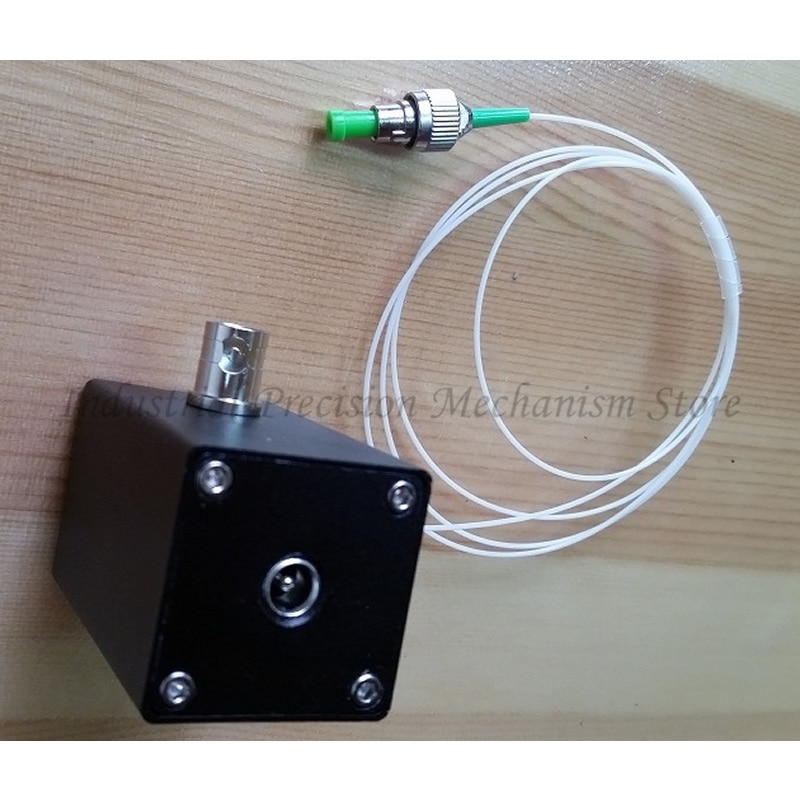

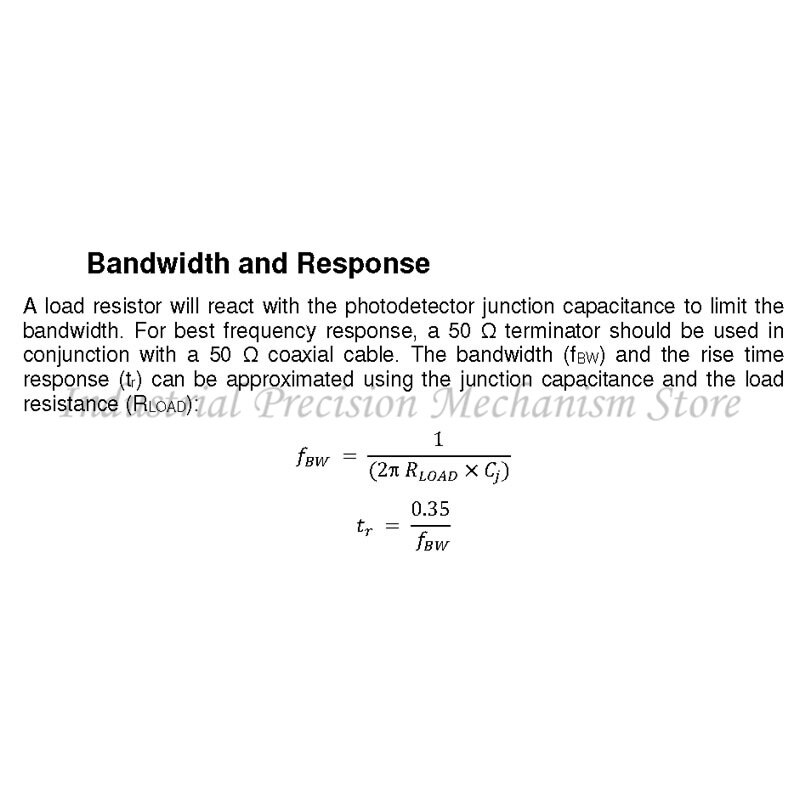
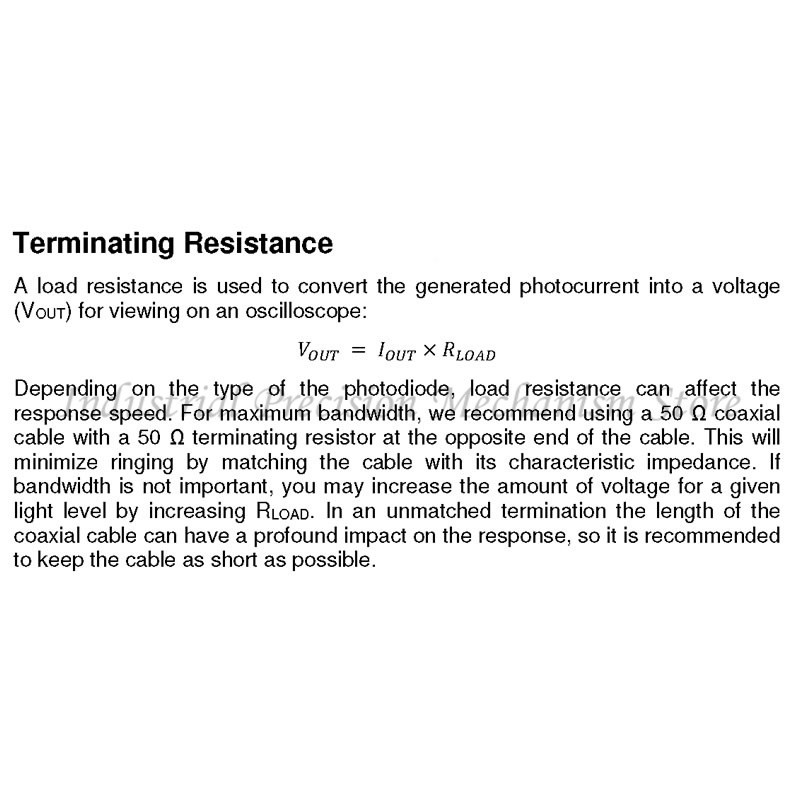


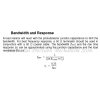
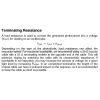
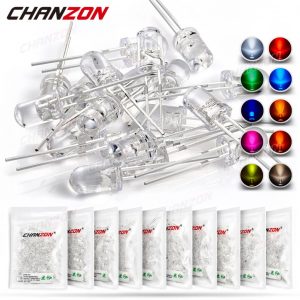

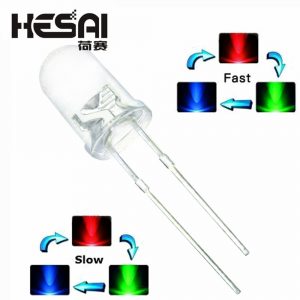


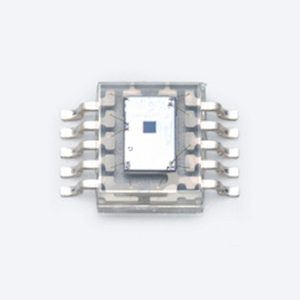


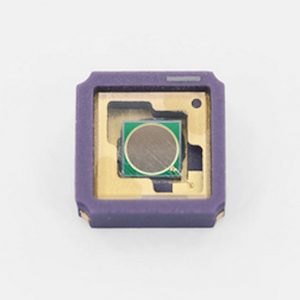

 940nm 300mw 5.6mm Laser Diode QL94R6SX-S
940nm 300mw 5.6mm Laser Diode QL94R6SX-S
Reviews
There are no reviews yet.